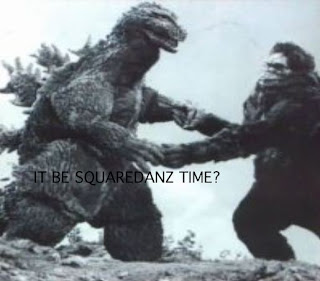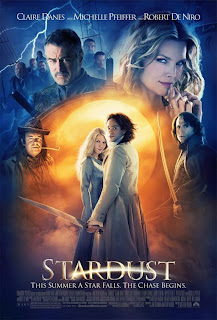
You’re wondering why it’s been so long since my last radio theatre review, and the basic answer is that my new apartment has a very loud air conditioner, and the weather has only just now gotten mild enough for me to turn it off for a few hours at a time. Even then I can easily be distracted by reading things- I’m too visually centered to just stare at my sound system while it plays out (then again, those old-timey radios were cooler looking.) But I’m getting into the habit.
THE FANTASTIC VOYAGES OF CAPTAIN JACK FLANDERS: TROPICAL HOT DOG NIGHT is a production by the off-beat ZBS Foundation, and, as the long title might suggest, part of a series. I haven’t heard any of the others and basically picked the CD up at random, so I’m going in blind. It’s an odd, light kind of fantasy adventure, brought down a bit by structural problems and a bit of preciousness but ultimately enjoyable.
Captain Jack Flanders (Robert Lorick) is sailing a small yacht around the Florida Keys with his informal crewmates, Mojo (Dave Adams), Claudine (Pascale Poirier), and Dominique (Lindsey Ellison), when they come across the island of Key Milagro. By day it’s your typical small island community, but by night a strange mist descends from the swamps, sucking the color out of things, and making Claudine very ill. The crew escapes the island, but is intrigued by the mystery, and resolves to return, this time with friend Rose (Laura Roth) in tow. There are a lot of stories about Key Milagro, and somehow when the fog arrives it turns into a town out of a 40s Film Noir in glorious black and white...
I have to give credit to writer M. Fulton for going with a premise that, on the face of it, sounds like it needs visual representation, and managing to convey the idea and, in fact, have the characters describe what they see without making it too unnatural or contrived. Part of this may simply be the acting, which is enthusiastic and believable throughout; there’s a mood of everyone enjoying themselves to some degree. Sound effects are used sparingly but not too sparingly, and a jazzy score contributes to a laid back atmosphere.
Unfortunately, the way the story is built is at odds with the promise of its setup. The crew leaves the island at first before the fog can really take effect, and we don’t see what it does until well into the second half (and second disc) of the play. This leaves little time for the crew to get to the bottom of what’s happening, let alone solve it or even see if it needs to be solved. We do get an answer, but a lot of red herrings too, and a lot of things that aren’t followed up on. The answer we get is pretty vague, which on one hand seems to have been the point, but just a little more definition would be nice. After a while, there’s a certain lack of suspense; the story wanders astray, and we get some very over-hip public-radio moments like the characters quoting verses from the Captain Beefhart song from which the play’s title comes and discussing the nature of perception. There’s nothing wrong with being smart and quirky and casual, but it is all a little “inside”.
Without a strong structure, the production generally has to coast on charm and creativity, and make no mistake, there’s a lot of imagination on display. Producer and director Tom Lopez does a good job of keeping everything coherent; there were a couple of moments where I wasn’t clear on where a scene was taking place, but it wasn’t actually an impediment to understanding the story. And as said before, the acting is solid, with characters who are well defined and likable (though having two French Canadian women with slightly different voice registers on the crew does become confusing.)
This is a nice, pleasant listening experience which, though it could have gotten more out of its ideas, does at least have plenty to spare. It plays quite a bit with what’s possible in the medium, which is good (and inspiring as I’m trying to make a script of my own.) It is, needless to say, a much better radio drama than the one I started this feature with, and hopefully I’ll uncover more good’uns as I go through my haul from the workshop. Keep paying attention.
Grade: B+


















